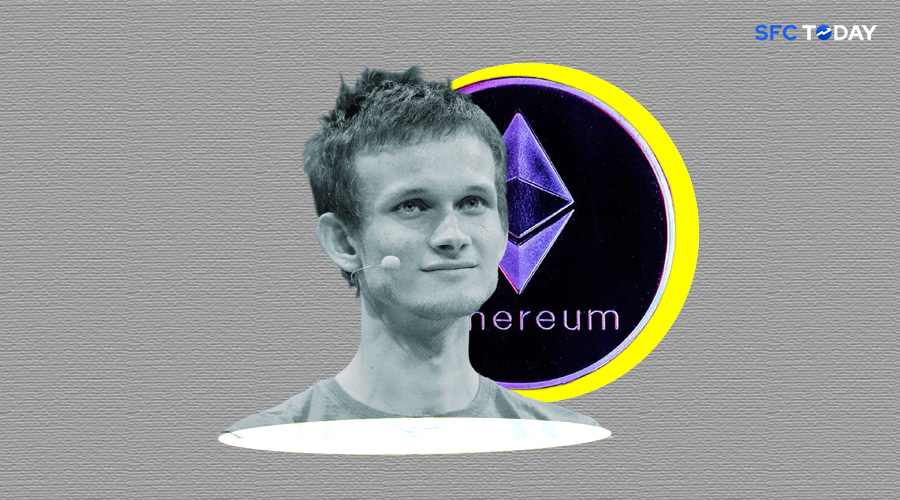Ethereum blockchain designed to implement robust quantum-resistant security measures
In the ever-evolving landscape of cryptocurrency and blockchain technology, Ethereum co-founder Vitalik Buterin has unveiled a proactive strategy aimed at fortifying the Ethereum network against the looming threat of quantum computing. This bold initiative underscores the urgency of preparing for potential advancements in quantum computing capabilities, which could pose a formidable challenge to current cryptographic defenses.
The proposal, first unveiled in a comprehensive discussion on the Ethereum Research forum, outlines a series of strategic steps aimed at preemptively protecting user funds and ensuring the long-term viability of the Ethereum ecosystem. At its core, Buterin’s plan seeks to address the vulnerabilities inherent in existing cryptographic algorithms, particularly in the face of quantum computing breakthroughs.
Central to Buterin’s proposal is the concept of a hard fork, a fundamental restructuring of the Ethereum blockchain designed to implement robust quantum-resistant security measures. Let’s delve into the key components of Buterin’s quantum-proofing plan:
Reversion of Blocks:
In the event of large-scale quantum attacks, the proposed hard fork would trigger the reverting of all blocks following the detection of such threats. This proactive measure aims to mitigate potential risks associated with quantum computing breakthroughs and safeguard user funds against malicious exploits.
Disabling EOA Transactions:
To prevent further vulnerability, traditional externally owned account (EOA) transactions would be disabled as part of the hard fork strategy. By limiting the attack surface, Ethereum can enhance its resilience to potential quantum threats and bolster the security of user assets.
Introduction of New Transaction Types:
The proposed hard fork includes the introduction of a new transaction type tailored for smart contract wallets, aligning with the anticipated RIP-7560 standard. This adaptation ensures compatibility with emerging quantum-resistant protocols and reinforces Ethereum’s readiness to combat future threats.
Implementation of Quantum-Resistant Validation:
To enhance Ethereum’s resilience to quantum attacks, a new transaction type or opcode would be introduced, enabling users to submit STARK proofs. These proofs validate the knowledge of a private preimage and a public address derived through approved hash functions, thereby replacing vulnerable account code with quantum-resistant validation mechanisms.
The Ethereum community has engaged in robust discussions surrounding Buterin’s proposal, drawing on diverse expertise and perspectives to refine the quantum-proofing strategy. Participants have explored various technical aspects, including the integration of preimages into ECDSA signature nonces and the adoption of NIST-standardized post-quantum algorithms in hybrid mode with classical algorithms.
While Buterin’s quantum-proofing plan represents a proactive step towards safeguarding Ethereum against emerging threats, some community members have raised concerns regarding the practical implementation and scalability of proposed solutions. The integration of post-quantum algorithms may necessitate trade-offs, such as increased block sizes due to larger signature and public key sizes.
Moreover, questions linger regarding the feasibility of distinguishing between legitimate users and potential attackers in the event of quantum computing exploits. As Ethereum navigates the complexities of quantum-resistant cryptography, it must strike a delicate balance between security, usability, and scalability to uphold its foundational principles of decentralization and innovation.
In conclusion, Vitalik Buterin’s quantum-proofing plan heralds a new era of resilience and adaptability for Ethereum, positioning the platform at the forefront of blockchain security innovation. By embracing forward-thinking strategies and fostering community collaboration, Ethereum reaffirms its commitment to safeguarding user assets and advancing the boundaries of decentralized finance in an increasingly uncertain digital landscape. As the Ethereum ecosystem continues to evolve, proactive measures like Buterin’s quantum-proofing plan pave the way for a more secure and resilient future for decentralized applications and digital assets alike.







